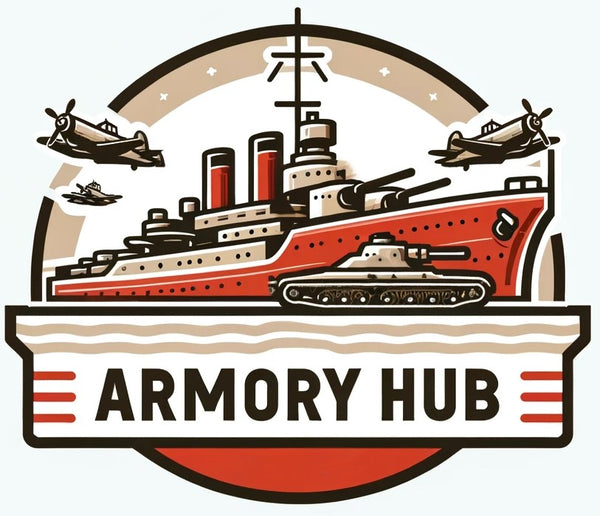Brush painting is a skill that can elevate the quality of your scale model projects significantly. Whether you’re a beginner or an experienced modeler, these five tips will help you achieve a more professional and satisfying finish on your scale models.
Note: choice of paint will be discussed in a separate blog. The skills below generally applies to all types of paint.
1. Choose the Right Brushes
- Quality Matters: Invest in high-quality brushes. They hold paint better and provide smoother application. Look for fine detail brushes for intricate work and broader brushes for larger areas. More importantly, high-quality brushes lasts longer with proper care. It will ultimately pay off on the long run.
- Shape and Size: Different shapes (round, flat, filbert) serve different purposes. Round brushes are excellent for detailed work, while flat brushes are ideal for painting larger, flat surfaces.

2. Surface Preparation Is Key
- Clean Thoroughly: Before painting, clean your model to remove any dust, grease, or fingerprints. This ensures the paint adheres properly to the surface. Modern kits are a lot better in terms of mold grease, but still it will be a good habit to have the kit wiped clean before priming.
- Prime Before Painting: Applying a primer helps to reveal any imperfections that need to be corrected and provides a uniform surface that enhances the paint's adherence and color. If you are a bit lazy like me, using a matching prime will save you a lot of time during weathering, e.g. using rust/iron brown prime for AFVs, oak for WWII ship decks, or red for ship hulls.

3. Understand Paint Consistency
- Thin Your Paints: Thinning your paints can prevent them from clumping and leaving brush marks. However, be cautious not to over-thin, as this can reduce the paint’s color density and coverage.
- Mixing Paints: If you’re mixing colors, ensure a consistent mix to avoid variations in shade. Use a palette for easier mixing and consistency. Also, a wet palette can conserve the paints (especially water-thinned paints) longer by keeping it wet.

4. Master Your Brushwork
- Even Strokes: Apply paint in even, smooth strokes. Try to maintain a steady hand, and avoid going over the same area repeatedly, which can cause smudging or uneven thickness. Start from large areas follow with smaller details. You can always come back and finalise the 'edges' later.
- Layering: Apply multiple thin layers instead of one thick layer. This technique offers a more even coat and avoids losing detail in the model’s design. Apply light colour first and work your way to darker paints. This is especially important for brush painting, as overlapping sometimes can not be avoided however careful you are.

5. Patience is Paramount
- Drying Time: Allow enough drying time between layers. Rushing this process can result in smears and an unprofessional finish. Whenever possible, leave for at least 8 hours between each layer.
- Practice and Experiment: Experiment with different techniques, and don’t be discouraged by mistakes. Every project is an opportunity to refine your skills. And every kit gives you some new experience.
Conclusion Brush painting is an art that requires patience, practice, and attention to detail. By choosing the right tools, preparing your surface, mastering paint consistency and brushwork, and allowing yourself the patience to learn and grow, you'll see remarkable improvements in your scale model projects. Remember, every modeler was once a beginner, and every mistake is a step towards mastery. The key is, and always will be: have fun! This stays true not matter you are using air brush, paint brush, or 3D-printing.

